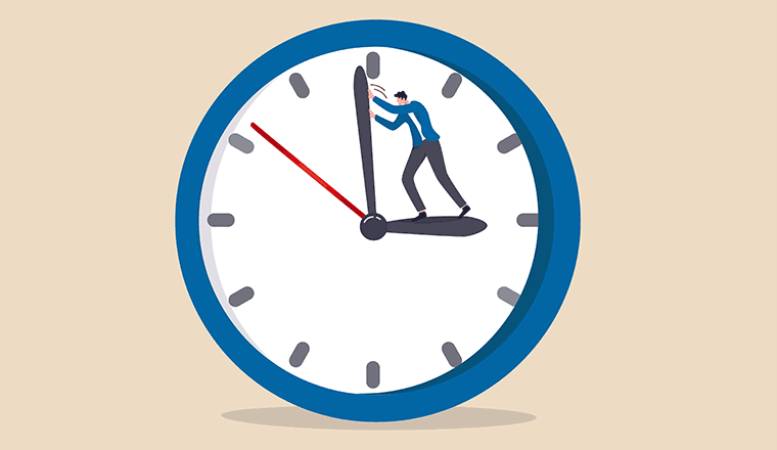How Can Call Centers Improve Their Average Handle Time? The average handle time (AHT) is a call center’s most critical performance metric. AHT measures the average time it takes for a customer service representative (CSR) to complete a customer interaction from start to finish.
The goal is to keep AHT as low as possible without sacrificing quality or customer satisfaction. So, how can call centers improve their AHT? This article will dive into this topic and look at various ways to do so. Read on to learn more.
Using Dynamic Scripts
One way to improve average handle time is to use dynamic scripts. Dynamic scripts are pre-written responses to common customer questions that can be quickly adapted to fit each caller’s needs.
This saves CSRs valuable time because they can start from scratch each time they get a call. Instead, they can select the appropriate response and make any necessary tweaks. And since the reactions are already written, there’s less room for error.
Step Up Call Center Coaching And Training
Another way to improve average handle time is to provide more coaching and training for CSRs. This might seem counterintuitive—after all, wouldn’t more training take up more time?—but it’s been shown to be effective. Well-trained CSRs can handle calls more efficiently and effectively, which leads to shorter call times and happier customers.
After-Call Documentation
After-call documentation (ACD) documents what transpired during a customer call after the call ended. This might include taking notes on the issue discussed, what actions were taken, and what follow-up steps need to be taken.
ACD can help improve average handle time in two ways: first, by providing CSRs with a ready-made list of the following steps that need to be taken, and second, by giving managers a way to hold CSRs accountable for taking too long on calls.
Gather Customer Information Automatically
Another way to speed up the call process is by gathering customer information automatically. There are a few different ways to do this, but one of the most effective is using an interactive voice response (IVR) system.
IVR systems can collect information like a customer’s account number or reason for calling before transferring them to a live CSR. This allows the CSR to hit the ground running when they get on the call, which saves time and improves efficiency.
Automate Tedious, Time-Consuming Tasks
Finally, one of the best ways to reduce average handle time is by automating tedious, time-consuming tasks whenever possible. Thanks to advancements in artificial intelligence (AI) and natural language processing (NLP), various software solutions can automate everything from customer service chats to data entry. Using these tools, you can free up your CSRs’ time to focus on more important tasks—like resolving calls quickly and efficiently.
Improve Your Call Center Average Handle Time: Wrap Up
Ultimately, improving your average handle time can be tough, but with the right strategies and techniques for success, a call center can make real progress in this area. Providing an efficient customer service experience is critical to maintaining a good relationship with customers and delivering on promises.
By thoroughly training agents with modern tools and best practice strategies and, utilizing automation where possible, streamlining processes, a business can witness improved handling times while nurturing stronger customer relationships. By understanding what it takes to reach these goals, businesses will ensure that their own teams are held accountable for better results throughout their shifts. Thanks for reading.

